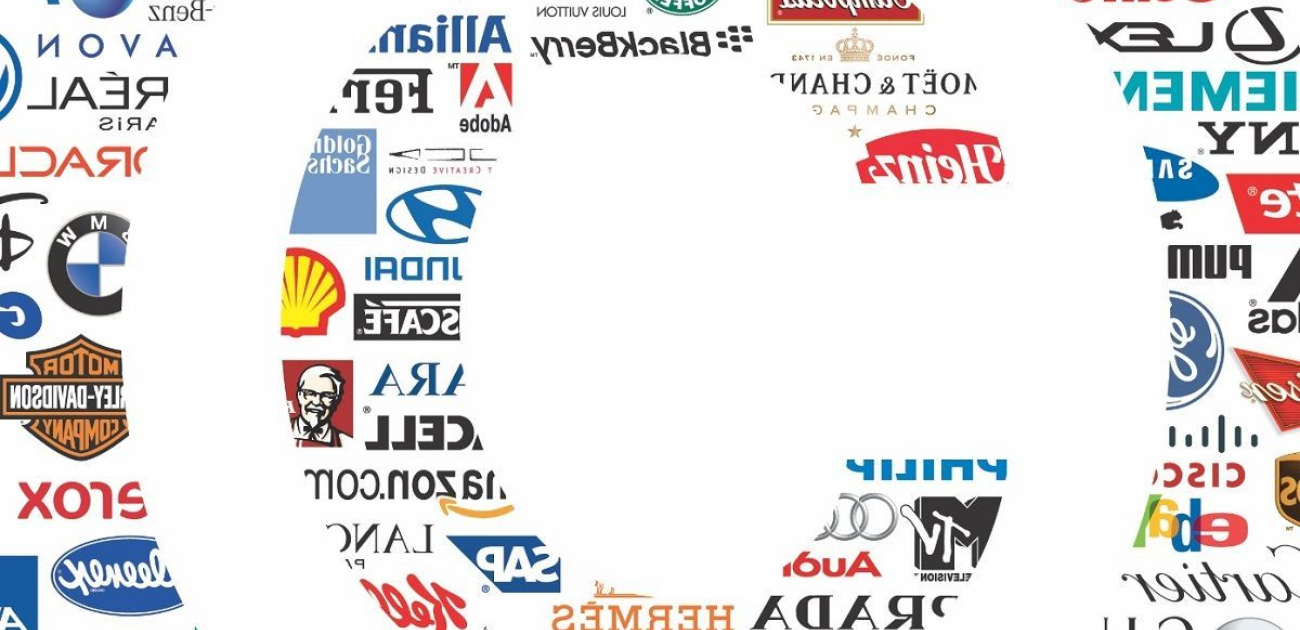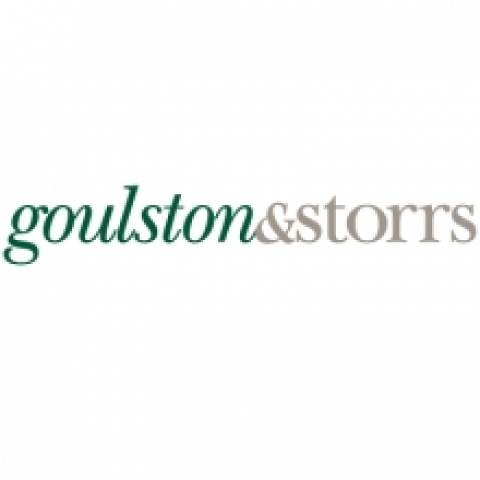Year-End Trademark Audits Ensure Complete Brand Protection
With the end of the year approaching and the holiday shopping season in full swing, now is an ideal time for brand owners to audit their trademark portfolios. A trademark audit is an excellent tool for ensuring brands are adequately protected for the full scope of goods and services being offered, and also to ensure proper use of the brand by business partners and the consuming public. Trademark audits typically cover the following three steps.
Step 1: Inventory All Registered and Unregistered Trademarks
While it may seem obvious, making a list of all brands being used is often overlooked. Making this list is an excellent way to visualize the entire portfolio and prioritize the most valuable brands. This list should then be compared to the records at the U.S. Patent and Trademark Office (USPTO) and other applicable registries to confirm that at least the primary brands are registered or have applications pending, and that upcoming deadlines for maintenance filings are noted. If you have engaged trademark lawyers to handle your trademark filings, they can assist with compiling this list and checking the records at the USPTO as well as any state and foreign trademark registries.
Compiling this inventory of brands is also helpful for determining whether certain brands have been discontinued, and whether rights in those brands are in danger of being abandoned due to a period of non-use.
Step 2: Analyze the Gaps in Protection
By comparing the inventory of brands with the records compiled, brand owners can determine whether any gaps need to be filled. Such gaps may be more than simply needing to file a trademark application for a new brand. There may also be brands that have expanded into additional goods or services that are not covered by the existing trademark registrations. For example, a trademark may be registered for men’s clothing, but the brand may now be in use for men’s cologne as well. When registering a trademark, goods and services are organized under an international classification system. In this example, men’s apparel would fall under Class 25 while cologne would fall under Class 3. Thus, a registration for the brand under Class 25 may not provide adequate protection for cologne. Experienced trademark counsel can assist with identifying these gaps and recommending whether additional protection is needed. Formulating a plan of action will help ensure adequate brand protection moving forward and can assist with budgeting the costs associated with protecting the trademark portfolio.
Step 3: Evaluate Third Party Use of the Brands
Simply owning trademark registrations is not enough. Trademarks require continued use in order to maintain rights. In addition, brand owners must enforce their trademark rights against unauthorized uses that risk harming or diluting the good will associated with the brand. Regular monitoring of the internet and trade publications to ensure your brands are not being used by third parties is crucial. Many brand owners take advantage of commercial monitoring services that use proprietary software to monitor records at trademark offices, the internet and other sources, and will alert brand owners of potential issues. Formulating a trademark monitoring plan will assist with enforcing trademark rights and strengthening the trademark portfolio.
In addition, any trademark audit should include a review of any trademark licenses granted to third parties, such as distributors and resellers, to ensure compliance with the terms of the agreements. Brand owners have an obligation to monitor and control the quality of goods and services being offered under their brands, and the failure to exercise adequate quality control over a licensee’s goods and services may result in loss of trademark rights. As part of any trademark audit, care should be given to ensure adequate quality control is being exercised. Dates for inspections of goods and services or other quality controls should be noted.
Brand owners should also monitor how the consuming public is using their brands to ensure the brand does not become generic. We recently discussed this issue of “genericide” and how brand owners must ensure the public does not transform a valuable brand into a generic term.
Brand Protection for the New Year
Following these three steps is an excellent way to begin a trademark audit. Brands are one of the most valuable assets in the retail industry. While brand owners often spend considerable time and money auditing their physical inventory and finances, trademark audits are often neglected or performed only after an issue arises. Working with experienced trademark counsel to assist with a trademark audit can help to protect the trademark portfolio and maximize its value in the coming years.
Do you want more information?
 Andrew J. FerrenIntellectual property advice, commercial agreements, and technology transfer and licensing matters are the focus of Andy Ferren’s practice. Andy handles a wide range of business matters for established and emerging companies, non-profit organizations, closely-held businesses, and individual entrepreneurs. Additionally, he helps to coordinate the firm’s trademark and copyright practices.
Andrew J. FerrenIntellectual property advice, commercial agreements, and technology transfer and licensing matters are the focus of Andy Ferren’s practice. Andy handles a wide range of business matters for established and emerging companies, non-profit organizations, closely-held businesses, and individual entrepreneurs. Additionally, he helps to coordinate the firm’s trademark and copyright practices.
